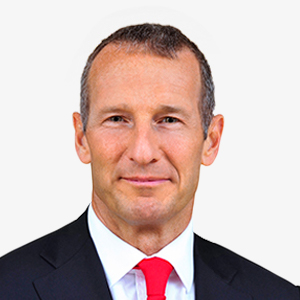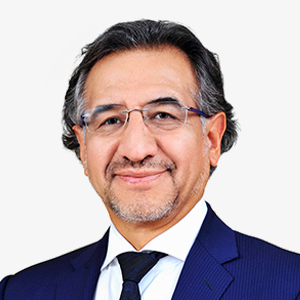Emerging Market Debt - Local Currency Fund
UCITS Fund | Fixed Income
Emerging Market Debt - Local Currency Fund
SFDR | Article 8
Why Invest
Attractive Return Potential
Offers an opportunity to benefit from higher yields as well as currency and price from emerging market countries
A Robust, Active Research Process
Combines bottom-up analysis with proprietary coverage of 90+ EM countries and integration of ESG factors into the fund’s fundamental investment analysis with a top-down asset allocation framework
Experienced, Stable and Well-Resourced Team
Managed by a well-established investment team with a long-term track record in managing EMD strategies and a multi-site set-up to ensure local perspective is incorporated
This is a marketing communication in respect of the Neuberger Berman Emerging Markets Debt Local Currency Fund. Please refer to the fund prospectus and offering documents, including the Key Information Document (“KID”) or Key Investor Information Document (“KIID”) as applicable, before making any final investment decisions. Investors should note that by making an investment they will own shares in the fund, and not the underlying assets.
This Fund meets the requirements of Article 8 of the SFDR. Further information is available in the Fund’s offering documents and at www.nb.com.
Key Risks
Market Risk: The risk of a change in the value of a position as a result of underlying market factors, including among other things, the overall performance of companies and the market perception of the global economy.
Liquidity Risk: The risk that the fund may be unable to sell an investment readily at its fair market value. In extreme market conditions this can affect the fund’s ability to meet redemption requests upon demand.
Emerging Markets Risk: Emerging markets are likely to bear higher risk due to a possible lack of adequate financial, legal, social, political and economic structures, protection and stability as well as uncertain tax positions which may lead to lower liquidity. The NAV of the fund may experience medium to high volatility due to lower liquidity and the availability of reliable information, as well as due to the fund's investment policies or portfolio management techniques.
Credit Risk: The risk that bond issuers may fail to meet their interest repayments, or repay debt, resulting in temporary or permanent losses to the fund.
Interest Rate Risk: The risk of interest rate movements affecting the value of fixed-rate bonds.
Derivatives Risk: The fund is permitted to use certain types of financial derivative instruments (including certain complex instruments). This may increase the fund’s leverage significantly which may cause large variations in the value of your share. Investors should note that the fund may achieve its investment objective by investing principally in Financial Derivative Instruments (FDI). There are certain investment risks that apply in relation to the use of FDI. The fund’s use of FDI can involve significant risks of loss.
Counterparty Risk: The risk that a counterparty will not fulfil its payment obligation for a trade, contract or other transaction, on the due date.
Operational Risk: The risk of direct or indirect loss resulting from inadequate or failed processes, people and systems including those relating to the safekeeping of assets or from external events.
Currency Risk: Investors who subscribe in a currency other than the base currency of the fund are exposed to currency risk. Fluctuations in exchange rates may affect the return on investment. Where past performance is shown it is based on the share class to which this webpage relates. If the currency of this share class is different from your local currency, then you should be aware that due to exchange rate fluctuations the performance shown may increase or decrease if converted into your local currency.
For full information on the risks please refer to the fund prospectus and offering documents, including the KID or KIID, as applicable.
Morningstar Rating
For each fund with at least a three-year history, Morningstar calculates a Morningstar Rating based on a Morningstar Risk-Adjusted Return measure that accounts for variation in a fund’s monthly performance (including the effects of sales charges, loads, and redemption fees), placing more emphasis on downward variations and rewarding consistent performance. The top 10% of funds in each category receive five stars, the next 22.5% receive four stars, the next 35% receive three stars, the next 22.5% receive two stars and the bottom 10% receive one star. (Each share class is counted as a fraction of one fund within this scale and rated separately, which may cause slight variations in the distribution percentages.) The Overall Morningstar Rating for a retail mutual fund is derived from a weighted average of the performance figures associated with its three-, five- and ten-year (if applicable) Morningstar Rating metrics. Ratings are ©2023 Morningstar, Inc. All Rights Reserved. The information contained herein: (1) is proprietary to Morningstar and/or its content providers; (2) may not be copied or distributed; and (3) is not warranted to be accurate, complete or timely. Neither Morningstar nor its content providers are responsible for any damages or losses arising from any use of this information.
The ongoing charge figure (incl. management fee) is based on the annual expenses for the period ending 31 December 2024.
The fund’s benchmark name shown here may be abbreviated. Please refer to the supplement for the full benchmark name.



